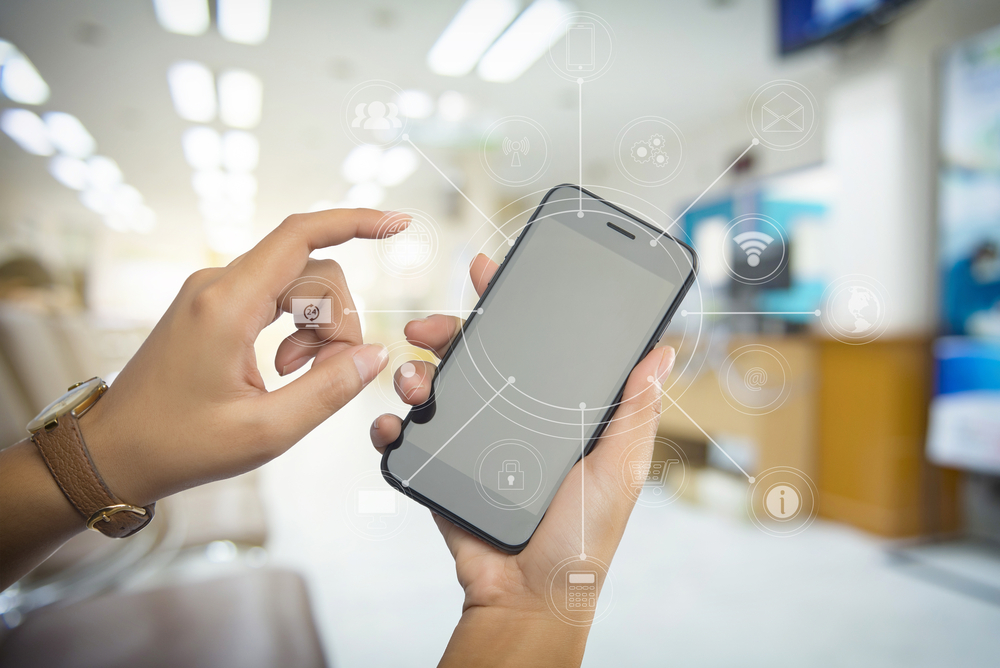
A group of Sandia National Laboratory researchers recently developed a smartphone-controlled, battery-operated diagnostic device that can detect Zika virus, dengue fever, and chikungunya in under 30 minutes.
The device costs approximately $100 and weighs under one pound.
Contemporary methods for virus testing involve sending samples to a laboratory, using machines that cost more than $20,000, while patients wait days for results. Sandia researchers said this method made it unrealistic for limited-resource clinics in developing nations to rapidly test patients during an outbreak.
Current methods for testing involve repeatedly heating and cooling DNA and RA samples in a practice called loop-mediated isothermal amplification (LAMP). Sandia’s new device allows a smartphone to act as a fluorimeter that detects unincorporated amplification signal reporters (QUASR) LAMP light signals if they appear.
By placing a smartphone on top of the device, a LAMP reaction is initiated in the device itself. Once the 30-minute testing period is completed, the smartphone automatically photographs the sample, then utilizes an analysis algorithm to determine the color and brightness emitted from the LAMP reaction. The researchers said the smartphone picture offers greater detection certainty than the lab technician’s naked eye.
“There are billions of smartphones in the world, even in developing countries, and this tool doesn’t require the highest-end smartphone on the market,” Aashish Priye, lead author of the study, said. “It only needs to have an optical sensor and be able to run the app.”
Details of the project were published in a recent issue of the journal Scientific Reports.




